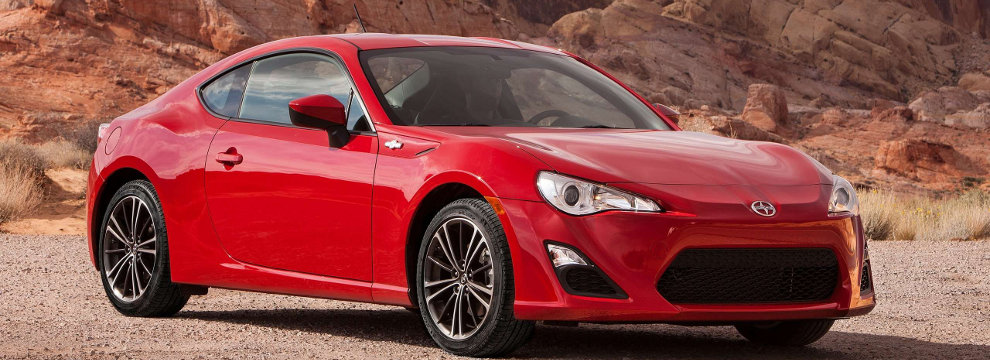
Care Car - Check Fluids
It's a good idea to check you fluids, your tires, the battery and the windshield wipers on your vehicle so that you can drive with confidence.
There are a number of fluids you can monitor in your car, truck, van or SUV. You can check the brake fluid level, which indicates how much fluid you have in your master cylinder. To check this fluid, locate the brake fluid reservoir and observe whether the fluid is between the minimum (MIN) and maximum (MAX) levels.
If the fluid is low, you can add brake fluid. First, to prevent contamination of the brake system, wipe the reservoir cover with a clean rag. Lift off the cover. Add only the specific brake fluid recommended for your vehicle. Find the type of brake fluid you need for your vehicle in your owner's manual or in a repair manual specific to your vehicle. (Warning: using a mixture of different types of brake fluid or the wrong type can damage the brake system and effect the ability of your brakes to effectively stop the vehicle. Do not use brake fluid that is more than one year old or that has been stored in a container that has been left open. Brake fluid absorbs moisture from the air; excessive moisture in the fluid can cause a dangerous loss of braking power.) If your brake fluid is consistently low or is empty when you check it, you need to have your brake system repaired.
It is essential to have a properly working windshield washing system on your vehicle. Road hazards and winter driving conditions demand it. This means you should check the level of your windshield washing fluid. Many cars, trucks, vans, and SUVs today have warning lights that indicate your fluid is low. When the warning light comes on, check the fluid level. Open your hood and locate the washer fluid reservoir cap. Remove the cap and fill the reservoir full with washer fluid. Station wagons and SUVs may have a separate reservoir for the rear window. Check in your owner's manual for the location of the reservoir and fill it to capacity. There are many windshield washer fluids from which to choose today. Some contain anti-smear and anti-rain drop compounds; others are specially-formulated for deep winter cold. Select the fluid best for your application.
Check the condition of your windshield wipers periodically. If you find loose, damaged or cracked components, or worn wiper blade elements, you should replace the windshield wipers. To do so, lift the arm assembly away from the windshield. Pry up on the release lever, then slide the blade assembly out of the hood in the end of the arm. Attach the new wiper to the arm; you will hear an audible "click" when it is properly connected.
You can check for unusual wear patterns on your tires, which can indicate under-inflation, over-inflation, or misalignment. Check your battery for corrosion and the battery cables to see if they are cracked, broken, or scored from heat. Also check battery terminals for corrosion and damage.











